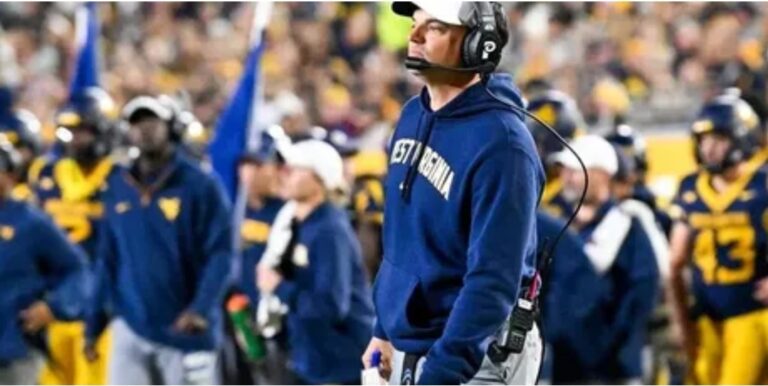**The Shifting Sands of Fans, Money, and NIL for WVU Football**
West Virginia University (WVU) football has long been a cornerstone of pride for the state, with a passionate fan base that fills Mountaineer Field each fall. However, like much of college football across the nation, the program finds itself at a crossroads as it navigates the changing landscape of NIL (Name, Image, and Likeness), fan engagement, and the increasing demands for money and resources to remain competitive.
### The Rise of NIL
The introduction of NIL in 2021 transformed the way college athletes can monetize their name, image, and likeness. For schools like WVU, this new reality has both benefits and challenges. On one hand, NIL opens the door for Mountaineer players to secure deals that can help attract and retain top talent. On the other hand, the pressure to match or exceed the offers from wealthier programs or those in larger markets is a daunting task.
NIL agreements have already made waves in the Big 12, with schools like Texas and Oklahoma having the resources to provide significant deals for athletes. WVU, while certainly proud of its rich football tradition, faces a tougher challenge in a smaller state and a smaller market. The Mountaineers do have passionate fans, and there is an increasing push to engage them through collective NIL efforts, but the financial resources simply aren’t as abundant as at some of the conference’s elite programs.
As NIL becomes a larger part of college football, it will become even more essential for WVU to maintain its competitive edge in this new era. This could mean relying more on alumni networks, local businesses, and fan-driven initiatives to fuel the financial backing necessary to compete for top recruits.
### The Fan Base’s Role
For WVU, its fan base is a central pillar of both support and identity. Morgantown is a town that lives and breathes Mountaineer football, and the loyalty of the fan base has been evident in sell-out crowds at Milan Puskar Stadium and national television ratings. However, the shifting sands of modern college football have also put pressure on WVU’s ability to attract fans to the stadium and keep them engaged in a crowded sports landscape.
The proliferation of high-definition TV broadcasts, streaming services, and the growing popularity of the NFL and other major college programs has fragmented the attention span of sports fans. For WVU to stay competitive, the program must work to keep its fan base energized, both in the stadium and through digital channels. Engaging fans is no longer just about winning on the field—it’s about creating an experience that blends football, community, and the evolving digital world.
A strong, vocal fan base can also be a powerful tool for building NIL collectives. If West Virginia can galvanize its fans into a unified, well-funded collective, it could turn what is often seen as a disadvantage into a unique strength. Fans investing in players via NIL could help keep top talent in Morgantown, even when competing against schools with deeper pockets.
### The Financial Arms Race
Finally, money continues to play a critical role in the direction of WVU football. College football is an expensive sport to fund, and as coaching salaries, facilities, and recruiting budgets continue to rise, WVU must work hard to remain competitive in a conference that is increasingly defined by its financial disparities. The Big 12, especially as it expands, will only increase the financial strain on smaller programs like WVU.
To remain competitive, West Virginia needs to invest in state-of-the-art facilities, expand its recruiting efforts, and continue to grow its fan engagement. This may require more aggressive fundraising efforts, corporate partnerships, and tapping into alumni resources. While WVU’s tradition and culture are formidable assets, the financial realities of college football mean that the Mountaineers cannot afford to fall behind in terms of infrastructure and NIL capabilities.
### Conclusion
As West Virginia University football navigates these shifting sands of NIL, fan engagement, and financial pressure, the Mountaineers are at a pivotal moment in their history. While the landscape may appear challenging, there is also an opportunity for WVU to carve out a competitive niche—if it can rally its fans, secure the necessary financial backing, and adapt to the evolving dynamics of college football. The future of WVU football will depend on how well it can blend tradition with innovation in a rapidly changing world.


